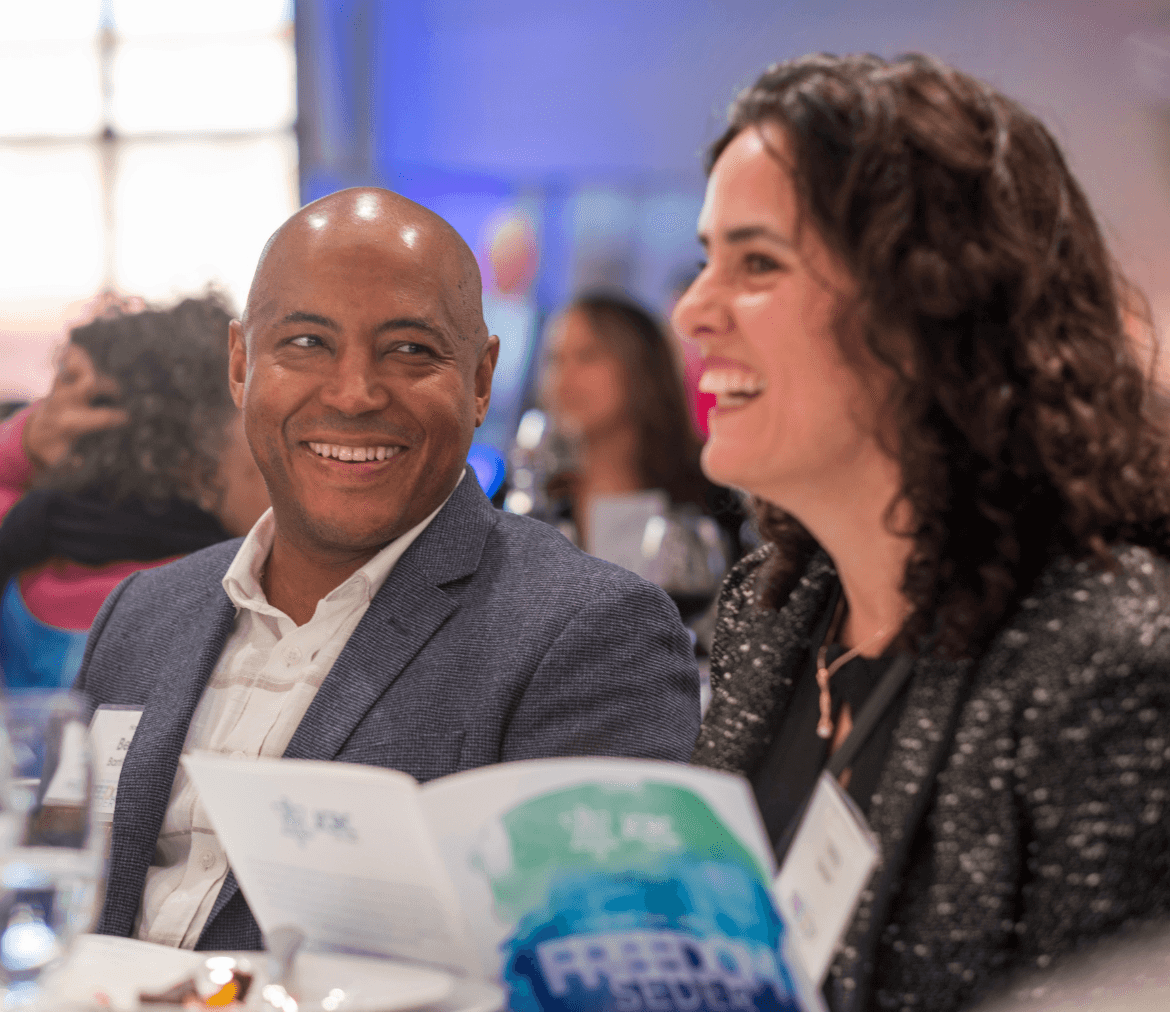Encouraging students and families to take an active role in the classroom is an amazing way to build strong communities that value and reflect the home cultures of each child. Here are some strategies to encourage parent participation, support parent planning, and aid your integration of those ideas.
Invite Early, Remind Often, Plan for the Year!
Exciting cultural traditions take place all year long! Let parents know at the start of the school year that you would like volunteers to bring in cultural activities, foods, and books to share with the class so everyone has time to plan and prepare.
- Example Language: Hello Room 9 Parents! I am so excited to welcome you and your students to our 4th grade classroom. Our community of learners is made stronger because of each of you. Building a welcoming environment where everyone is appreciated and celebrated is key to creating a space where everyone is excited to learn. To help reach that goal, I invite every family to consider coming into our classroom to share a short lesson or activity from their family culture with the other students. It is an amazing opportunity for the class to learn about cultures or traditions they are unfamiliar with and allows student (with their parents) a moment to be the teacher and expert in the room. For more information, a lesson plan outline, or to schedule a day to come to class, please email me. I look forward to learning from you all!
Reach out to parents regularly (perhaps at the start of each month) to remind families of the open invitation. It is especially helpful if you are aware of different holidays or cultural traditions coming up and you list them as suggestions. Remember: These visits are not just for December!
Be mindful of inclusion and representation. It is lovely to have families participate and share in the classroom- but those are intended to supplement the culturally diverse activities and lessons you are already doing in the classroom. It is important that all the students both see themselves reflected in the classroom and are also exposed to cultures that are completely unfamiliar to them- even if there is not a family who can come in to share that culture.
Have Goals in Mind
Knowing what you hope your students get out of the presentations will help you guide parents in their plans. Is the goal to learn about international holidays or cultures? Explore new languages? Build strong bonds between the students? Meet art standards? Any of these goals can be accomplished with some guided planning.
Provide Suggestions and an Outline
Not everyone is comfortable in front of a group or with planning activities for students. Providing content suggestions and a lesson outline will help families feel confident about coming to your classroom to share.
Sample Outline:
Introduce yourself and your student.
- Briefly describe your reason for visiting (to share some of your culture with the class)
- Provide a brief background on your culture and your family. This could include where your family comes from, important aspects of your home culture, languages spoken at home and more! This is a great time to show a map or other visual aids.
Introduce the aspect of your culture that you’d like to share and focus on for this lesson. That could be anything like a holiday, food, clothing item, type of music, ect.
- Explain why this is meaningful to your family in particular. You can also explain how this item or idea is important to other people from the same or similar cultures.
- Make it engaging with photos, videos, and more! This is a great spot for reading a story book for younger children, showing a video, or doing a power point.
Do a hands-on activity that will engage the students in students in the cultural topic
- Teach a simple dance, game, or sport
- Have students learn to say or write phrases related to the topic in your home language
- Allow students to explore and/or create artifacts from the culture that relate to the topic
- Make and/or taste traditional foods (if allowed and feasible)
- Do a thematic art or writing project
Plan To Participate!
- If you make home culture sharing a part of your classroom community, be prepared to participate yourself. It is important for the students to see you model the vulnerability that comes with sharing a part of your home and family life.
- At a minimum, each student should see a cultural presentation that they somehow identify with. This means educators need learn about each child / family and then plan mini lessons to address cultures that are underrepresented from the list of volunteers. Inclusion is of the utmost priority.
We hope you have a wonderful year full of incredible cultural sharing and learning. Thank you for all you do for our communities and their children!
For more information contact: abarnes@jcrc.org

